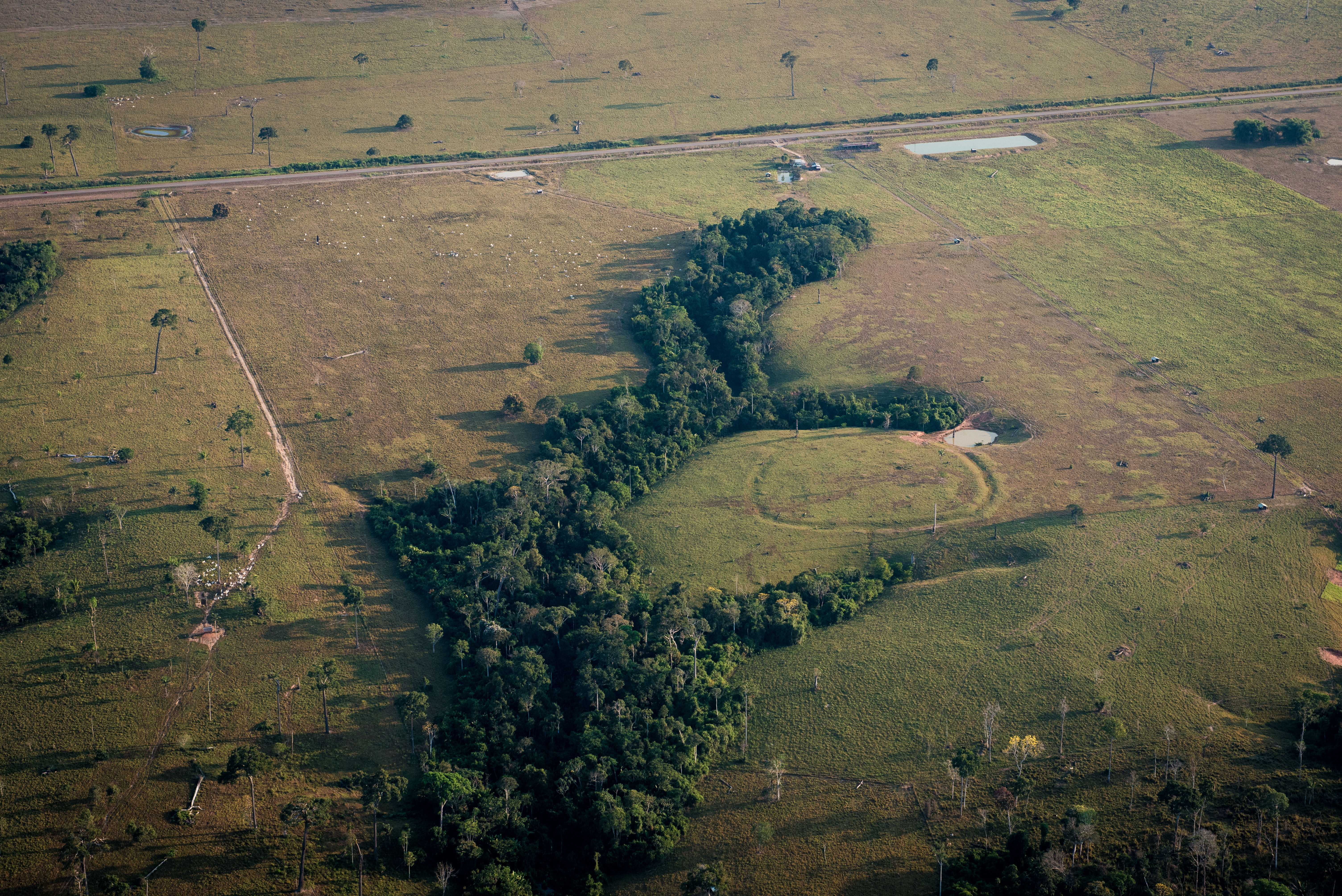According to new research, there are probably more than 10,000 pre-Columbian archaeological sites hidden throughout the Amazon basin.
Indigenous societies have lived within the Amazon basin for more than 12,000 years. Throughout their history, these ancient peoples developed various techniques to cultivate and transform the land that surrounded them. They had a profound knowledge of earthmoving, riverine dynamics, soil enrichment, and plant and animal ecology. This allowed them to create a domesticated landscape that was far more suitable for human habitation.
These transformations to the landscape and the earthwork structures they created have had a lasting impact on the forest they lived in. However, the size and scale of these transformations are not well known.
This is because there has never been a comprehensive survey of pre-Columbian (the periods of history prior to the arrival of the Spanish in South America during the 15th century) sites throughout the Amazon basin. That is, until now.
“The massive extent of archaeological sites and widespread human-modified forests across Amazonia is critically important for establishing an accurate understanding of interactions between human societies, Amazonian forests, and Earth’s climate,” the authors explain in their paper.
Previously, airborne LiDAR (Light Detection and Ranging) has identified many previously unknown pre-Columbian structures and earthworks in the heavily obscured forests of Central and South America. This technique essentially uses light to scan and map the world below the forest canopy. It can detect and measure small changes in topography on the ground surface.
Using this data, Vinicius Peripato and colleagues searched 5,315 square kilometers (2,052 square miles) of LiDAR survey data and discovered 24 unknown human-made structures, including fortified villages, defensive and ceremonial structures, mountaintop settlements, and geoglyphs, in various locations across the basin.

An earthwork imprinted on the Amazonian landscape.
Image credit: Diego Lourenço Gurgel
This may sound impressive, but the surveyed territory represents only 0.08 percent of the total area of Amazonia. There is potentially so much more to be discovered.
To address this, Peripato and the team combined data from their small survey with that from other studies that had previously identified structures in the Amazon basin. They assessed this data with a predictive special distribution model that estimates that between 10,272 and 23,648 large-scale pre-Columbian structures remain undiscovered, especially in southwestern Amazonia.
The team also identified relationships between the predicted probability of earthworks and the occurrence and abundance of domesticated tree species. Not only did they find a significant association between the two, but they also believe it reveals just how active pre-Columbian Indigenous societies were in forest management practices, which have had lasting influences on modern Amazonian ecology.
“Amazonian forests clearly merit protection not only for their ecological and environmental value but also for their high archaeological, social, and biocultural value, which can teach modern society how to sustainably manage its natural resources,” the team conclude.
The study is published in Science.
Source Link: Over 10,000 Ancient Human Structures Could Be Hidden In The Amazon Basin